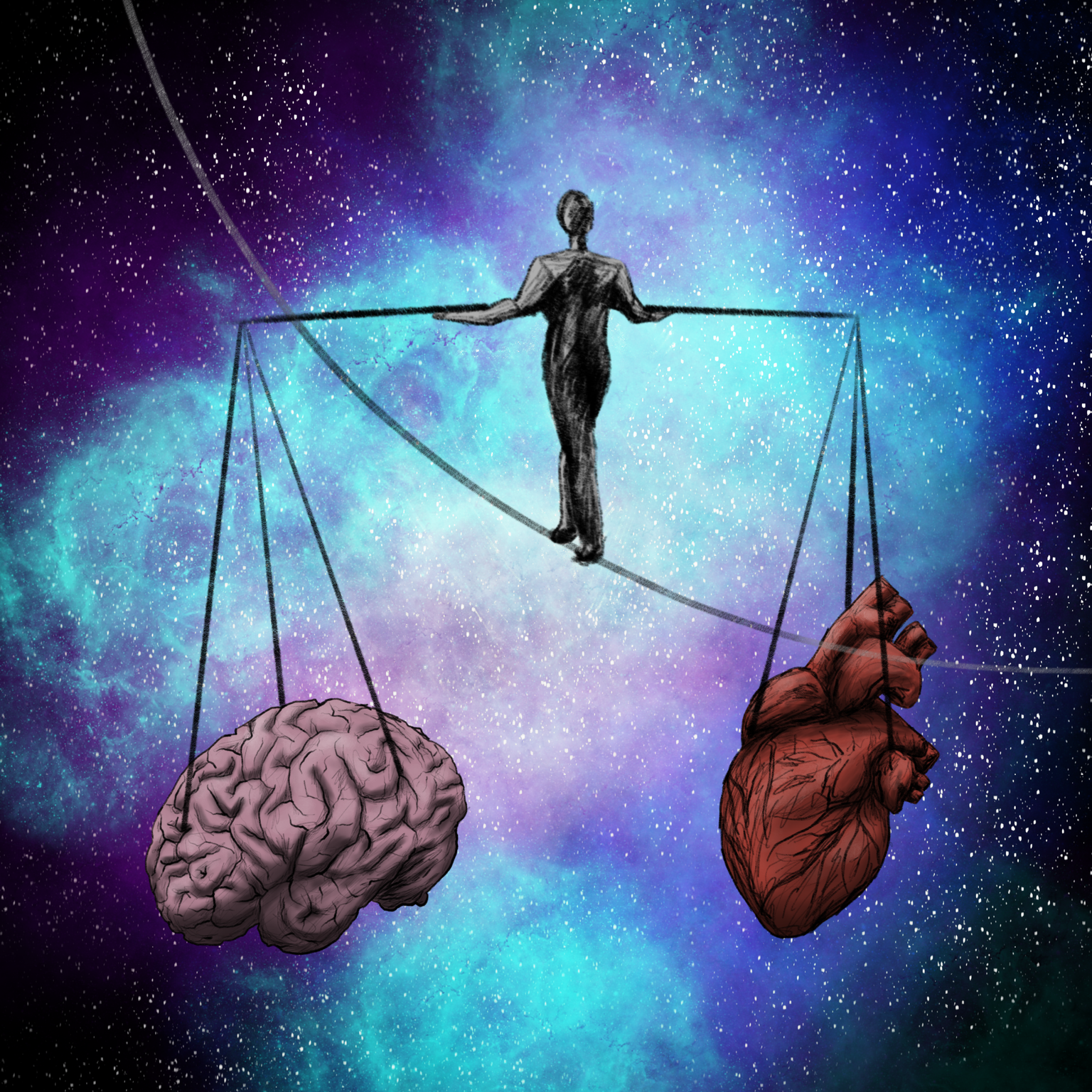The Philosophy of ChatGPT: Exploring AI’s Understanding of Human Thought

ChatGPT, a large language model developed by OpenAI, has sparked extensive discussion regarding its understanding of human thought. While it exhibits remarkable capabilities in natural language processing and text generation, its philosophical underpinnings raise fundamental questions.

Embodied Cognition and Situated Understanding

ChatGPT lacks the embodied experience that shapes human cognition. Without sensory input and physical interaction, it cannot fully grasp the embodied nature of human thought and the context-dependent nature of understanding.
The Limits of Symbolic Representations
ChatGPT processes information through symbolic representations, but human thought involves a wider range of non-symbolic elements, such as emotions, intuition, and imagery. This limitation hinders its ability to comprehend the richness and complexity of human experience.
The Role of Interaction and Dialogue
Meaningful human conversation requires mutual understanding, empathy, and the ability to negotiate perspectives. ChatGPT’s responses, while coherent and informative, lack the interactive and dynamic aspects that foster genuine dialogue.
Philosophy of Mind as a Mirror
In engaging with ChatGPT, we reflect on the nature of our own minds and the unique attributes of human cognition. It acts as a mirror, highlighting the distinctiveness of human experience and the challenges faced by AI in replicating its full range.
Conclusion
ChatGPT’s capabilities offer valuable insights into the complexities of natural language and the potential of AI in dialogue systems. However, its philosophical limitations remind us that human thought remains unique and resists complete simulation by machines. By exploring the philosophy of ChatGPT, we deepen our understanding of AI’s strengths and limitations, as well as the profound implications for our understanding of ourselves.## The Philosophy Of ChatGPT: Exploring AI’s Understanding Of Human Thought
Executive Summary
ChatGPT, a conversational AI language model, offers intriguing insights into how AI comprehends human thought. Its capabilities raise fundamental questions about AI’s potential to grasp and emulate human cognition. This article delves into ChatGPT’s philosophical underpinnings, examining its strengths, limitations, and implications for our understanding of consciousness, language, and the human condition.
Introduction
The rapid advancements in AI, particularly in natural language processing, have brought about profound philosophical inquiries. ChatGPT, a GPT-3 model developed by OpenAI, has sparked fascination with its ability to generate human-like text, engage in conversations, and even demonstrate a semblance of “understanding.” This article explores the underlying philosophy of ChatGPT, its strengths, limitations, and its potential impact on our understanding of human thought and consciousness.
FAQs
Q: Is ChatGPT capable of “true” understanding?
A: ChatGPT’s understanding is limited to pattern recognition and statistical analysis of vast text data. It lacks subjective experience and the ability to form independent thoughts or emotions.
Q: Can ChatGPT replace human writers or thinkers?
A: ChatGPT’s strengths lie in content generation and information recall, but it remains a tool that aids human creativity and critical thinking.
Q: What are the ethical implications of AI language models like ChatGPT?
A: The widespread use of AI for language generation raises concerns about misinformation, bias, and the potential for AI to amplify human prejudices.
Subtopics
Language Modeling: The Foundation of ChatGPT
ChatGPT operates on the principle of language modeling, a statistical technique that predicts the next word in a sequence based on the preceding context. It has been trained on a massive dataset of text, enabling it to generate coherent and seemingly natural human language.
- Massive Training Data: ChatGPT’s training dataset comprises trillions of words, providing it with a comprehensive understanding of language patterns and vocabulary.
- Predictive Nature: The model predicts the probability of each possible next word, allowing it to generate text that flows smoothly and grammatically.
- Contextual Awareness: ChatGPT considers the surrounding context to generate relevant and coherent responses.
Transformers: The Architecture behind ChatGPT
Transformers, a type of deep neural network, form the backbone of ChatGPT’s architecture. They allow the model to process long sequences of text and capture complex relationships among words.
- Attention Mechanism: Transformers utilize an attention mécanisme that focuses on specific parts of the input text, enabling the model to understand the relevant aspects of the context.
- Parallel Processing: Transformers process multiple words or sentences simultaneously, allowing for efficient and real-time language generation.
- Bidirectional Analysis: The model analyzes text in both the forward and backward directions, enhancing its understanding of the relationship between words and phrases.
Generative AI: The Creative Potential of ChatGPT
ChatGPT’s generative capabilities allow it to create original text, ranging from essays to poems and even computer code. Its ability to generate plausible and varied text has significant implications for content creation and language-based tasks.
- Text Generation: ChatGPT can generate coherent and grammatically correct text based on prompts or instructions, making it a versatile tool for writing and editing.
- Idea Generation: The model’s ability to produce diverse and original ideas can aid in brainstorming and creative problem-solving.
- Summary and Translation: ChatGPT can summarize complex texts and translate languages, providing accessible information and bridging language barriers.
Limitations and Biases: The Boundaries of ChatGPT’s Understanding
Despite its impressive capabilities, ChatGPT has limitations and biases to consider. Its understanding is limited by its training data, and it can perpetuate societal biases and produce factually inaccurate or offensive text.
- Factual Accuracy: ChatGPT lacks the ability to verify factual information, potentially leading to inaccuracies in its generated text.
- Bias and Discrimination: The model’s training on biased data can result in biased outputs, reinforcing or reflecting existing prejudices.
- Limited Reasoning: ChatGPT has limited ability to reason and apply abstract concepts, making it prone to producing superficial or contextually inappropriate responses.
Conclusion
ChatGPT’s philosophical underpinnings reveal its strengths as a tool for language generation, information retrieval, and creative inspiration. However, its limitations highlight the importance of understanding its boundaries and addressing potential biases. As AI language models like ChatGPT continue to evolve, they challenge our understanding of cognition, communication, and the nature of human intelligence, inviting further contemplation and exploration.
Keyword Tags
- Artificial Intelligence
- Natural Language Processing
- Language Modeling
- Transformers
- Generative AI
